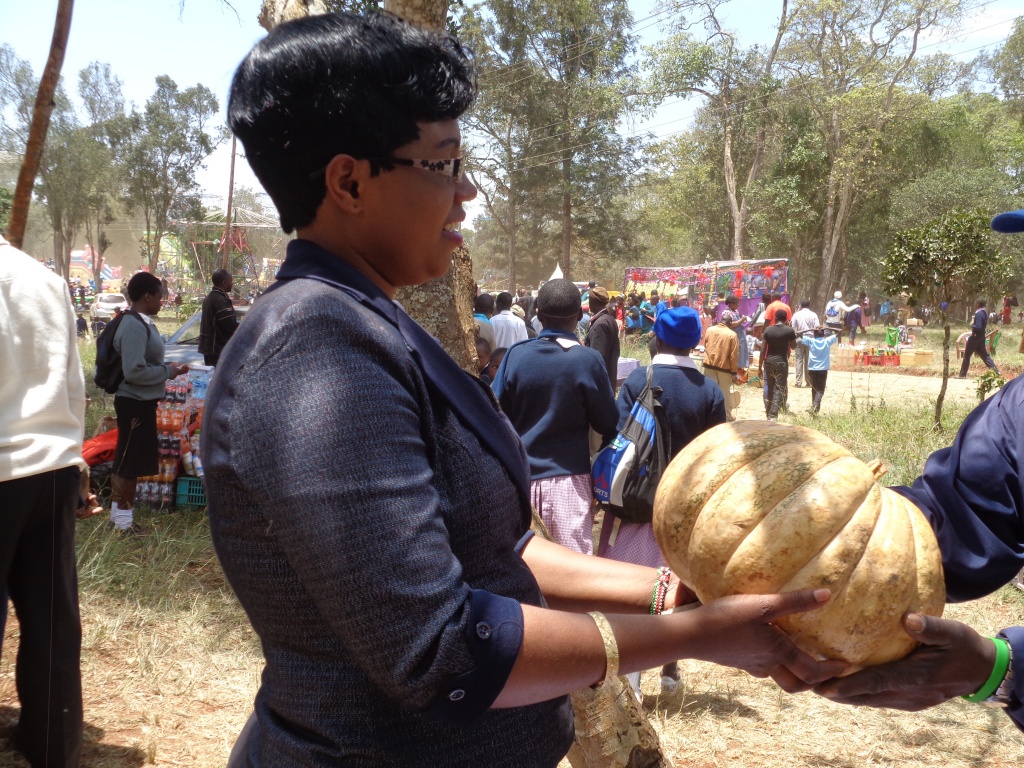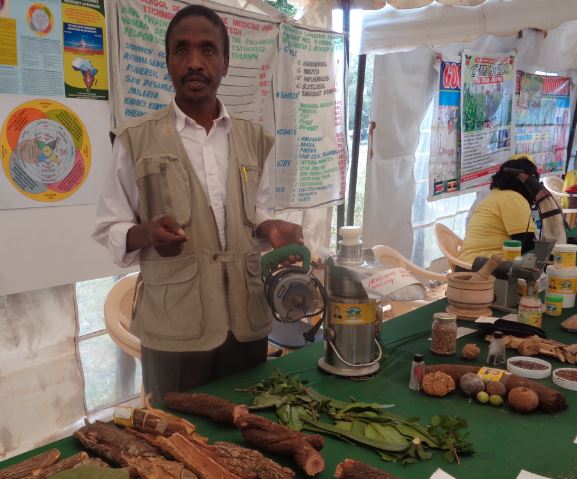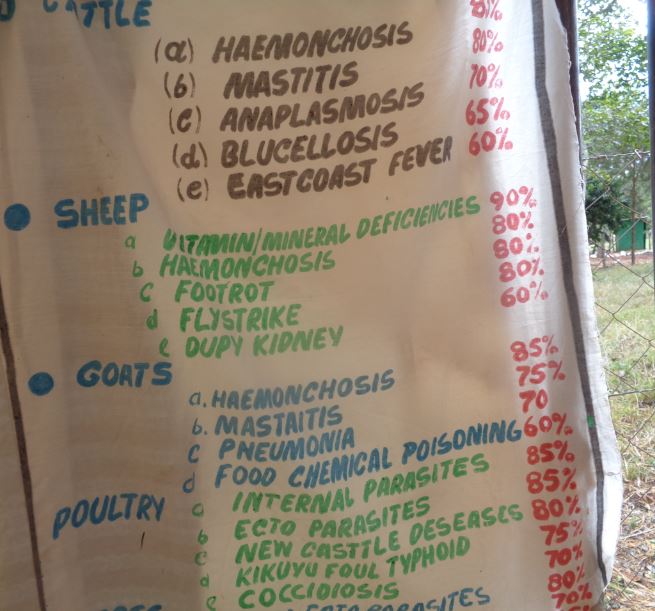STRUCTURING GRAIN TRADE
By Titus Kisangau and James Karuga

Summary: EAGC G-Soko is among unique online platforms that is boosting regional trade and addressing post harvest losses to increase farmer incomes and decrease dependency on imports.
In Eastern Africa, an online grain trading platform, G-Soko (http://tinyurl.com/jjgw5oa), has been designed to overcome problems associated with informal grain trading and increase farmer incomes. Launched in July 2015, the platform has over 1,000 farmers registered in the pilot phase and will, in time, be available to over 5 million farmer members of the Eastern Africa Grain Council (EAGC). According to Gerald Masila, EAGC executive director, poor post harvest practices affect the quality and safety of grains. Smallholder farmers are also not exposed to wider markets and are affected by low prices by selling their grain after harvest when supply is high. “They are forced to sell at any price and it becomes a buyer’s market,” says Masila.
Over recent past years, the level of food security has been dropping drastically due to acute food shortage within the region. In Kenya, crop farming is mainly practiced in high potential areas, which covers about 11% of the landmass and accommodates about 62% of Kenya’s population. The mixed marginal areas are drought prone and rainfall variability has increased over the years due to climate change. As a result, grain yields in Africa are low, resulting in shortages across the continent, but a lack of regional trade is also a problem. This was recently experienced in Kenya and most of the Eastern Africa countries, leading to mass importation of maize from countries like Mexico, Ethiopia and Zambia.
READ ALSO: Farmer earns more from green maize than grains
Connecting grain farmers and traders in Kenya, Tanzania and Uganda, G-Soko provides information on market opportunities, and improves grain handling standards. Farmers trading their maize, rice, beans, sorghum, millet and soya on the platform are clustered into groups of about 30 members. After harvest they bulk their grain at village aggregation centres. From there the bulked grain, which must adhere to EAGC developed regulations, is transferred to a certified warehouse run by farmers groups or private businesses. The warehouse suitability to store grain in hygienic and pest-free conditions is determined by EAGC and certificates are provided to those that meet certain standards to ensure both the quantity and the quality of the grains that are offered for sale.
READ ALSO: Grain processing plant to benefit East Africa farmers
Farmer groups who deposit their grain at certified warehouses are given a ‘certificate of deposit’ – known as a grain note (G-Note) or warehouse receipt – which enables the grain to be traded virtually. When farmers decide to sell their grain, the G-Note is activated using a mobile phone and the grain is listed on G-Soko. G-Note ownership is transferred to a trader as soon the grain is purchased, enabling them to collect the grain from the warehouse at their own convenience. By organizing and regulating trading and financial arrangements, this ‘structured’ trading system ensures that grain is traded without buyer inspection, thereby reducing transaction costs.
The G-Note may also be used as collateral to obtain loans from financial institutions, like banks, even before the grains are sold on the platform. To determine the value of the loan, financial institutions are able to use data from the Regional Agricultural Trade Intelligence Network - EAGC’s online market information system.
READ ALSO: Africa faces permanent $2bn+ maize deficit if Fall Armyworm poorly managed
Information Is Critical
There are several platforms addressing post –harvest losses with an overarching idea to address food insecurity. The EC-supported African Post Harvest Losses Information System (APHLIS) (http://tinyurl.com/jcs63ts) is another platform, aiming to reduce postharvest losses. In 2011, research carried out by FAO and the World Bank valued annual postharvest grain losses in sub-Saharan Africa (SSA) at €3.5 billion; enough grain to meet the caloric needs of at least 48 million people annually. By providing estimated postharvest losses for each SSA country, the APHLIS platform enables agricultural experts to plan interventions in advance to reduce losses.
Farmers are becoming increasingly knowledgeable about the grain value chain. In 2015, over 8,000 Kenyan farmers were trained on standards (e.g. grain moisture levels) and food safety by the Eastern Africa Grain Institute. Grain moisture meters were also supplied to about 900 farmers in 22 farmer groups. The 8,000 trained farmers were able to win supply contracts from the UN’s World Food Programme, to supply approximately 700 tonnes of maize in Kenya.
In Kenya, EAGC is also lobbying the government to abandon policies detrimental to grain trading and farm production. For example, Masila explains that the government sets prices it will purchase grain for, without considering prevailing market prices. This practice forces private traders, like millers, to buy grain at higher prices resulting in more expensive processed goods for consumers.
Looking forward
SSA produces 112 million tns of grain each year. According to a 2011 FAO study, crop production in SSA accounts for 70% of household incomes, with grain contributing 37%. However a 2012 World Bank study revealed that only 5% of Africa’s cereal imports are sourced from within the continent. Across SSA, maize is the most important crop, consumed by 50% of the population. But according to the International Institute for Agriculture, 28% of maize has to be imported to meet a shortfall in demand.
EAGC is hopeful that initiatives like G-Soko will boost regional trade and reduce postharvest losses. “The region produces more than enough and doesn’t need to import grain, but it doesn’t trade enough among itself,” Masila explains. “There are instances where grains are needlessly imported into the Eastern African region when there is harvested grain rotting in storage.” To expand G-Soko’s impact, EAGC aims to further expand the platform across the region to Burundi, the Democratic Republic of Congo, Ethiopia, Malawi, Rwanda, South Sudan and Zambia.
By Titus Kisangau and James Karuga




















